|
za 2004 god.
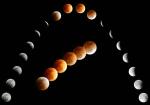 Magnificent Greek Eclipse!
Magnificent Greek Eclipse!
5.05.2004 | Lunnoe foto dnya
Across many parts of Europe clouds and rain blocked the lunar eclipse last evening. But in Athens, Greece, the clouds cleared 45 minutes before first contact and Anthony Ayiomamitis clicked away every five minutes, documenting the changing hue of the Moon as it orbited through Earth's shadow.
 Inside Nectaris
Inside Nectaris
4.05.2004 | Lunnoe foto dnya
Mare Nectaris is one of the smallest mare on the floor of an impact basin. This low sun mosaic by Peter Berry provides a close-up view of relations between the mare lavas and adjacent impact craters.
 Bully for Bullialdus!
Bully for Bullialdus!
3.05.2004 | Lunnoe foto dnya
Here are two good images of Bullialdus - which is best? Its pretty clear that the resolution of the right image - taken with the 24" Ludiver telescope is excellent - perhaps 800 meters! Small craters are cleanly visible on the floor and outer ramparts - these could be counted to estimate Bullialdus' age in billions of years.
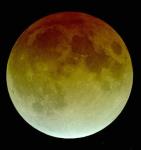 Lunar Eclipse Preview
Lunar Eclipse Preview
2.05.2004 | Lunnoe foto dnya
On Tuesday, May 4 observers from Europe to India, including Africa, have a chance to observe a lunar eclipse. For observers who want to do "serious work" during the eclipse there is actually little to learn about the Moon, but the eclipse is a great probe of Earth's atmosphere.
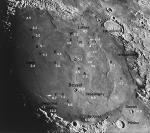 Serenitatis Diameter Sequence
Serenitatis Diameter Sequence
1.05.2004 | Lunnoe foto dnya
Have you heard of the North Polar Sequence? It is a series of 96 stars near Polaris whose brightnesses and colors were accurately determined as standards for stellar astronomers. There has not been a comparable standard sequence that would permit lunar observers to judge their observing conditions, telescopic performance, visual acuity or imaging limits.
 Kepler
Kepler
30.04.2004 | Lunnoe foto dnya
Kepler don't get no respect. As a bright young crater with a concentrated ray system you would think that Kepler would be a frequent target of observation, but not so. I think the problem is that Kepler (32 km/2.6 km) is just a normal transition crater between small simple craters and larger complex craters.
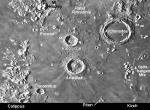 Greek Letters
Greek Letters
29.04.2004 | Lunnoe foto dnya
Johann Heinrich Madler, with Teutonic thoroughness and organization, gave letter designations to smaller and less conspicuous features near a named crater. Craters were give upper-case Roman letters - A, B, C, etc - with A usually being the largest or nearest crater, and letters near the end of the alphabet reserved for battered craters.
 LRO - Our Future on the Moon
LRO - Our Future on the Moon
28.04.2004 | Lunnoe foto dnya
Are we on the verge of a historical restart of exploration of the Moon? In January, President Bush announced an initiative to return Americans to the Moon and go on to Mars. Unfortunately...
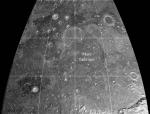 A Penetrating View of Imbrium
A Penetrating View of Imbrium
27.04.2004 | Lunnoe foto dnya
We observe the Moon with our green-sensitive eyeballs, red-sensitive ccd cameras, multi-spectral spacecraft sensors and also with radar of various wavelengths. Each view provides somewhat different information about the top layers of the Moon. Each detector provides information to a depth about equal to a few times the wavelength used.
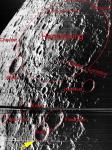 America Hits the Moon!
America Hits the Moon!
26.04.2004 | Lunnoe foto dnya
On Sept. 13, 1959 the Soviet Union crash landed the Luna 2 probe onto the Moon - the first thing from Earth to contact another planet. The US followed with a crash onto the lunar surface on April 26, 1962, 42 years ago today.

